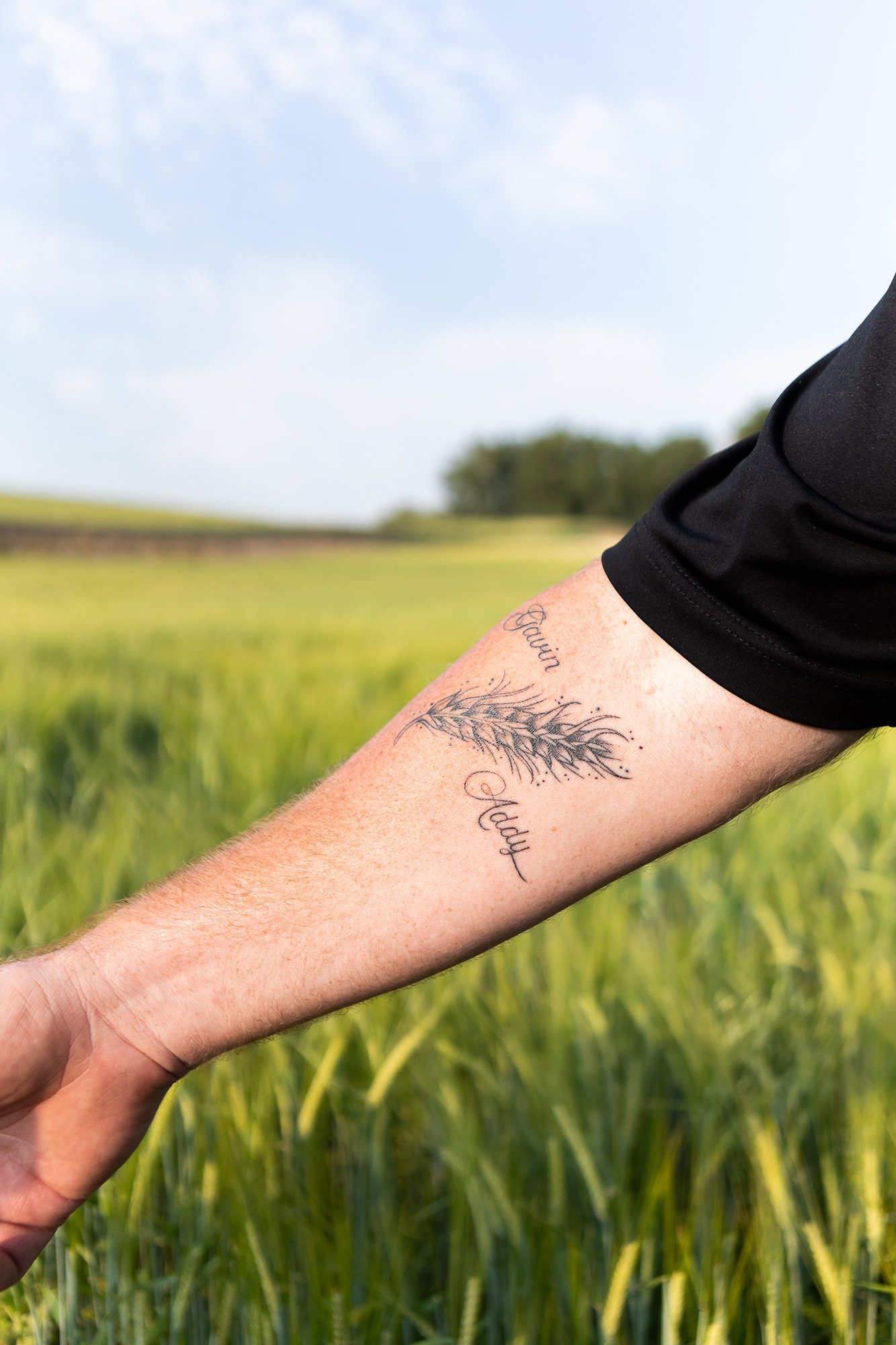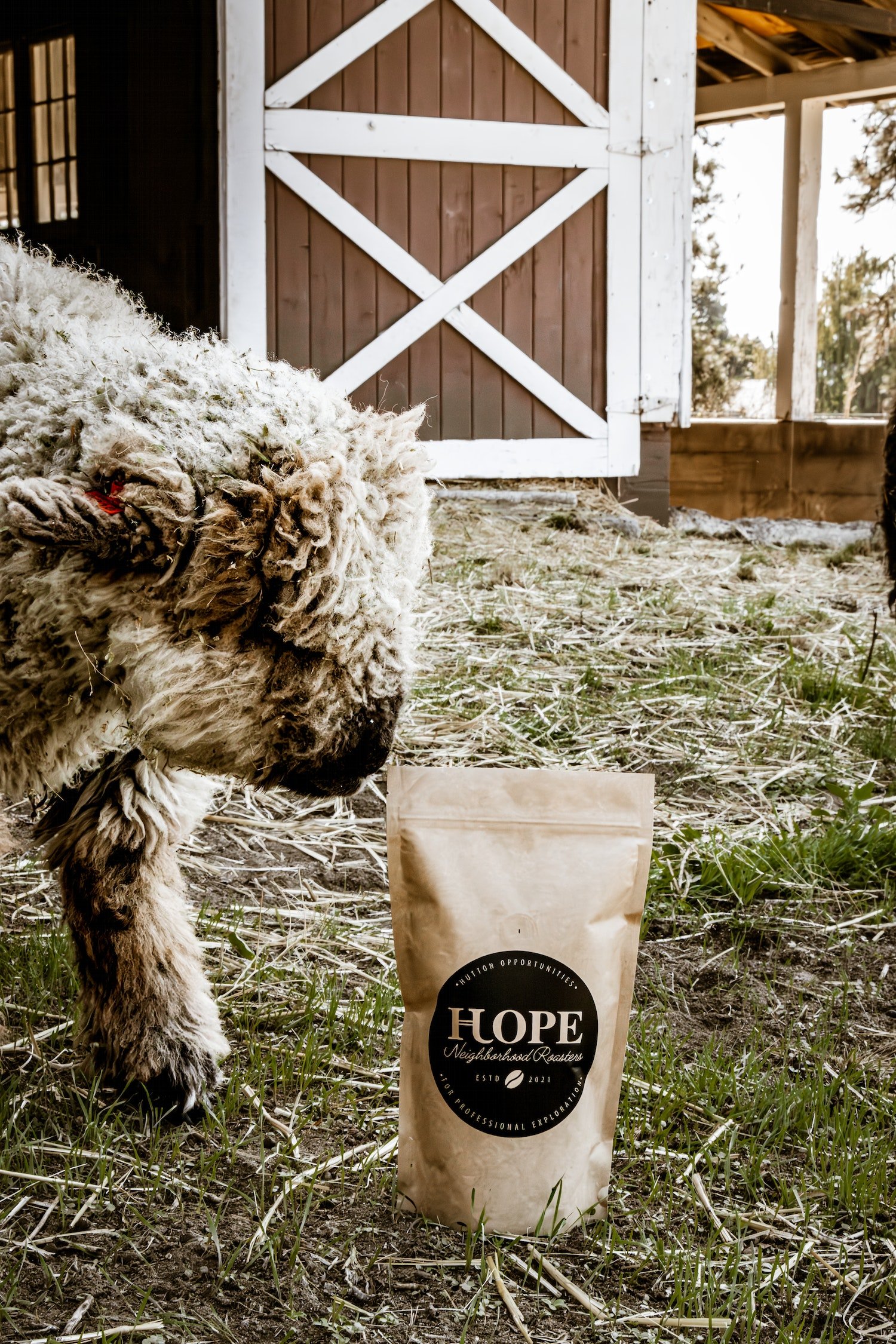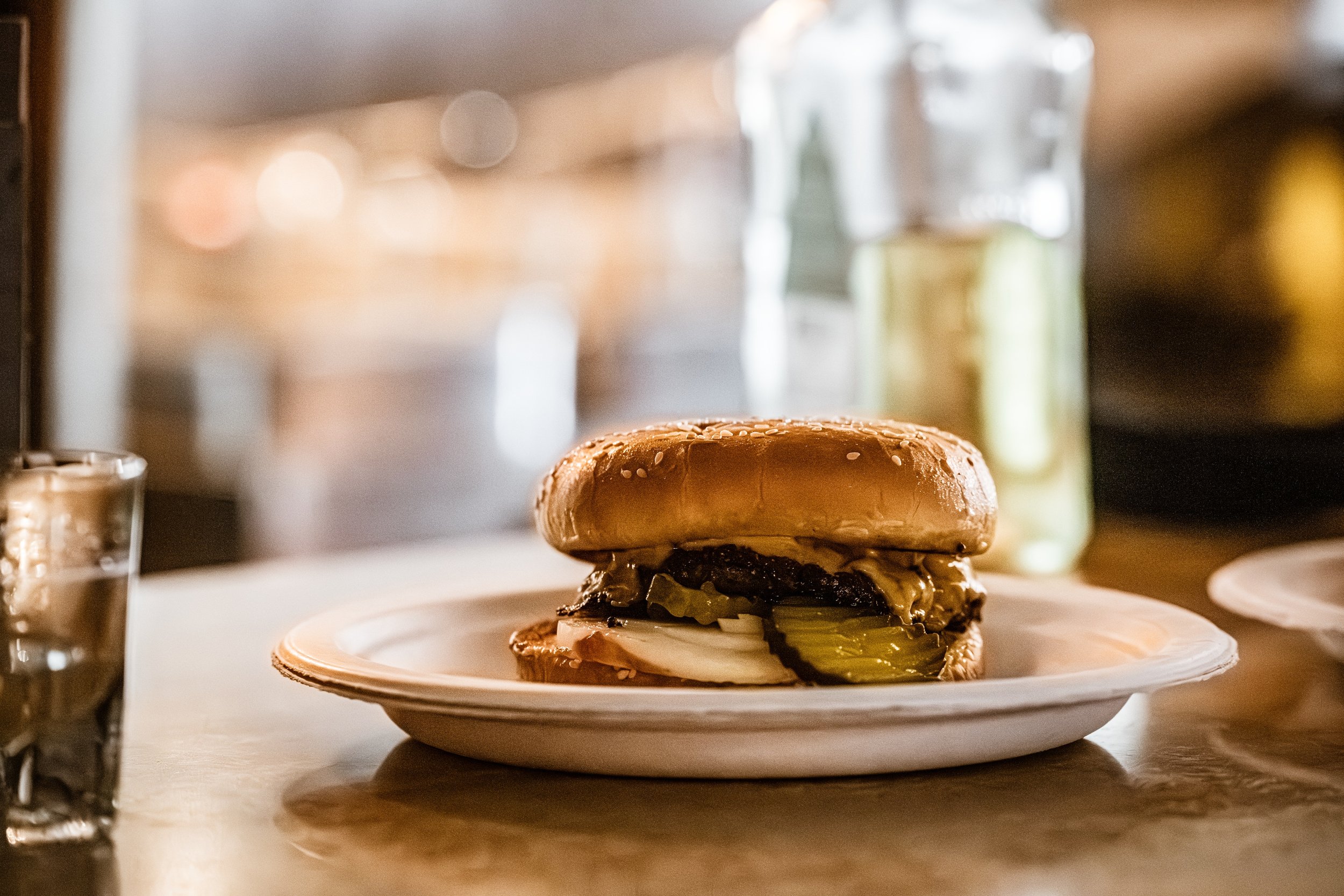Shrubs: A tart and tangy guide to drinking vinegars
Shrubs: A tart and tangy guide to drinking vinegars
BY CARA STRICKLANDCan you imagine living in a time when the taste of strawberries in winter was a miracle? We don’t have to travel too far into the past to find that time—before refrigeration, before produce could be shipped around the world quickly, arriving in a grocery store ready to eat. Even so, there were still miracle workers around, and at least some of them were trying to enjoy the flavors of fruit in drinks year-round. One of the ways they accomplished this was by making shrubs.
If you frequent craft cocktail bars, you may have heard of a shrub before. But the name, which hearkens back to the Arabic word shrab (drink), doesn’t give much away. Essentially, a shrub is a drinking vinegar. It shares characteristics with a syrup or a liqueur, and in a cocktail or mocktail, it can serve many of the same functions of fresh citrus (which also wasn’t always available year-round, or in our part of the world, much at all).
The vinegar acts as a preservation agent, allowing early shrub makers to bottle or can it for the long fruitless days and nights. Now, the vinegar will extend the life of the shrub in your fridge.
Sailors used shrubs to ward off scurvy. Hosts added them to the punchbowl in place of citrus. Colonial Americans added a little rum or brandy to theirs. The Temperance Movement championed them as a nonalcoholic drink before and during Prohibition.
For many years, shrubs were largely forgotten, a relic of cocktail and beverage culture. It was only as the craft cocktail movement began to find footing again in the last fifteen years or so, that bartenders began to rediscover this versatile ingredient once again, making it their own.
If you’re still skeptical about how anything with a vinegar base should have a place in your glass, you’ll want to go see Crystal Bertholic, the bar manager at Tony Brown’s Ruins in Downtown Spokane. A self-proclaimed cocktail history nerd, she stumbled upon shrubs years ago, started experimenting, and now she always has them on her menu (as well as in her personal fridge). Along with making beautifully balanced cocktails, she also loves the challenge of creating zero-proof drinks for guests—and shrubs are frequently a component.
So what does Bertholic say when explaining a shrub to an unfamiliar guest?
“I let them know that it is similar in style to a simple syrup, but then it has that extra zing—I usually use the word zing or tang—just that little extra kick,” Bertholic said. “I tell them it tastes like whatever the fruit is that’s being used and they really should just try it.”
And really, you should.
The recipe might be simple—at its core, a shrub is sugar, a fruit or vegetable, and vinegar, but the variations are myriad. What happens if you use rice wine vinegar versus apple cider? How does Champagne compare? What do you get when you start blending fruit or vegetables, or adding spices? You can choose the hot or cold method, producing totally different flavor profiles with the same fruit—the permutations are nearly endless.
You might be wondering what difference hot versus cold makes, especially when you learn that the hot method is much quicker.
“If you're going to make a peach shrub and you're going to do the cold method, yes, it takes a little longer, but you're going to taste that peach as if you just picked it, whereas if you do the hot method, you're getting baked peaches or something like a peach pie,” Bertholic said.
Both are delicious, but you might crave one over the other.
If you’re new to the shrub world, put yourself in professional hands. Try one at its simplest form: a shrub soda, with only sparkling water to add to the experience. Next try a cocktail. If you’ve decided that shrubs are your new obsession, the perfect vintage way to get that pucker you crave, you may want to start making your own.
The sheer number of possibilities can be daunting, so you’ll want to start with a recipe, like the hot and cold methods provided by Bertholic. But don’t let these recipes limit you, play with different fruits and vegetable combinations.
You might start, as Bertholic does, with a look in your own garden (or farmer’s market). This is where her black currant shrub came from, a single ingredient that packs a flavor punch. Either way, don’t be afraid to keep it simple.
“It doesn't have to be this big scary process or this sophisticated thing. It can be very simple and be really, really delightful,” Bertholic said.
Like anything else that relies on simple ingredients, be sure to get good versions—you’re going to drink this vinegar, so splurge on the best.
About Ruins
RUINS
509.474.1262
225 W Riverside Ave
Spokane WA 99201











